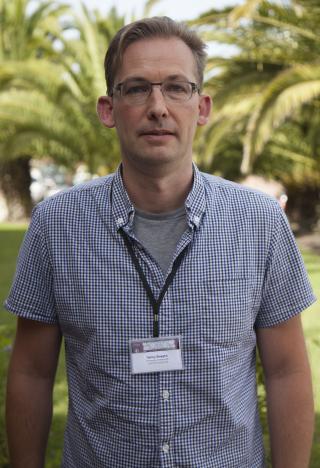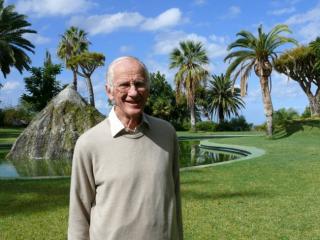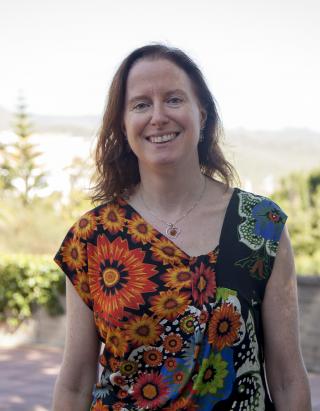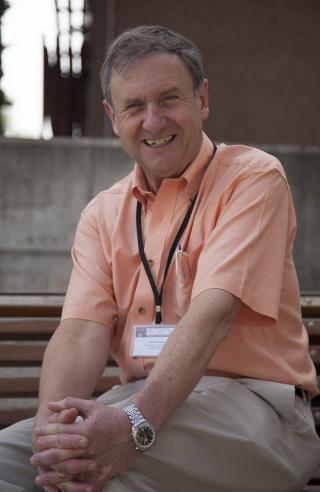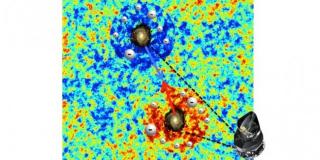
An International team of scientists, which includes Ricardo Génova Santos of the Institute of Astrophysics of the Canaries (IAC), has identified in the data from ESA’s Planck satellite a signal which represents half of the missing baryonic matter in the “Local Universe”, the set of galaxies close to the Milky Way. Using a variety of different observations, scientists had reached the conclusion that the normal (“baryonic”) matter formed in the early universe must make up 4% of the total matter in the universe, and the other 96% is composed of “ dark matter” (some 20%) and “ dark energy” (some
Advertised on
